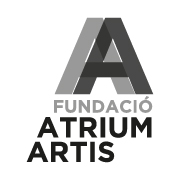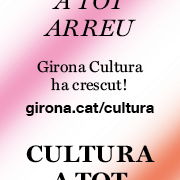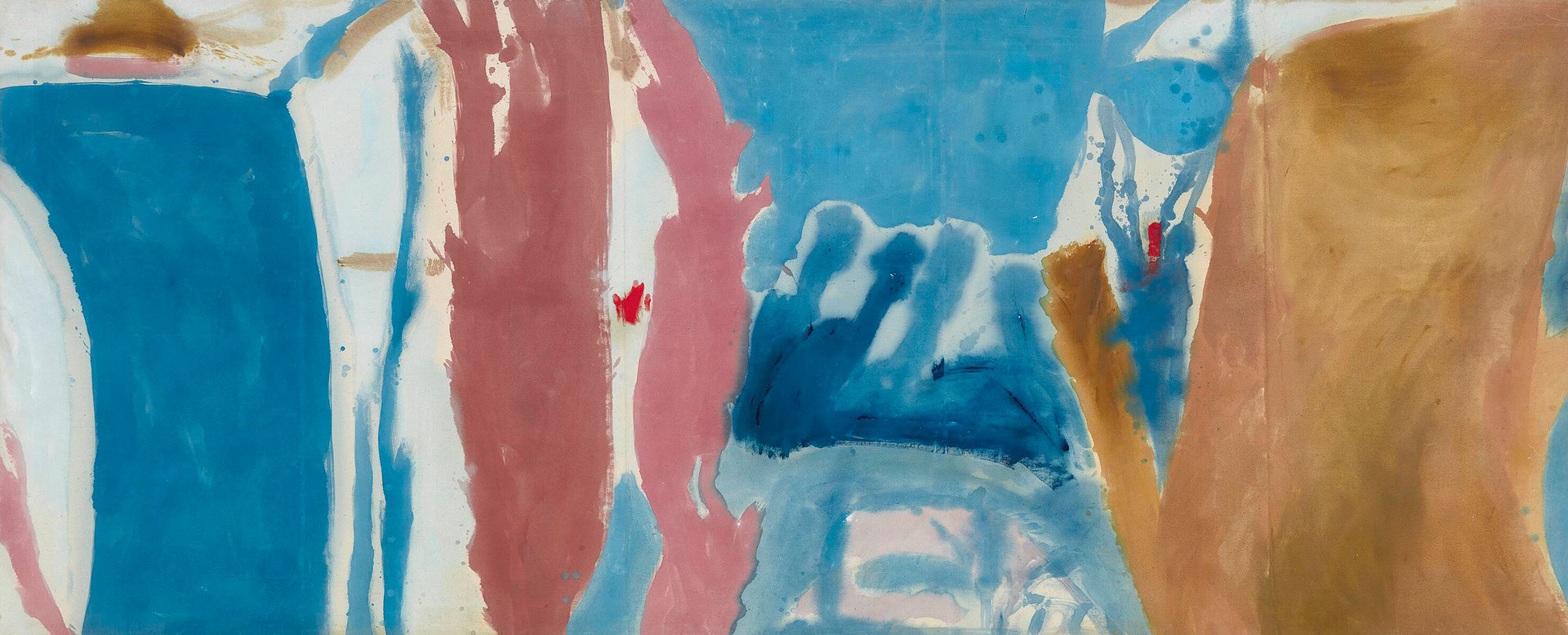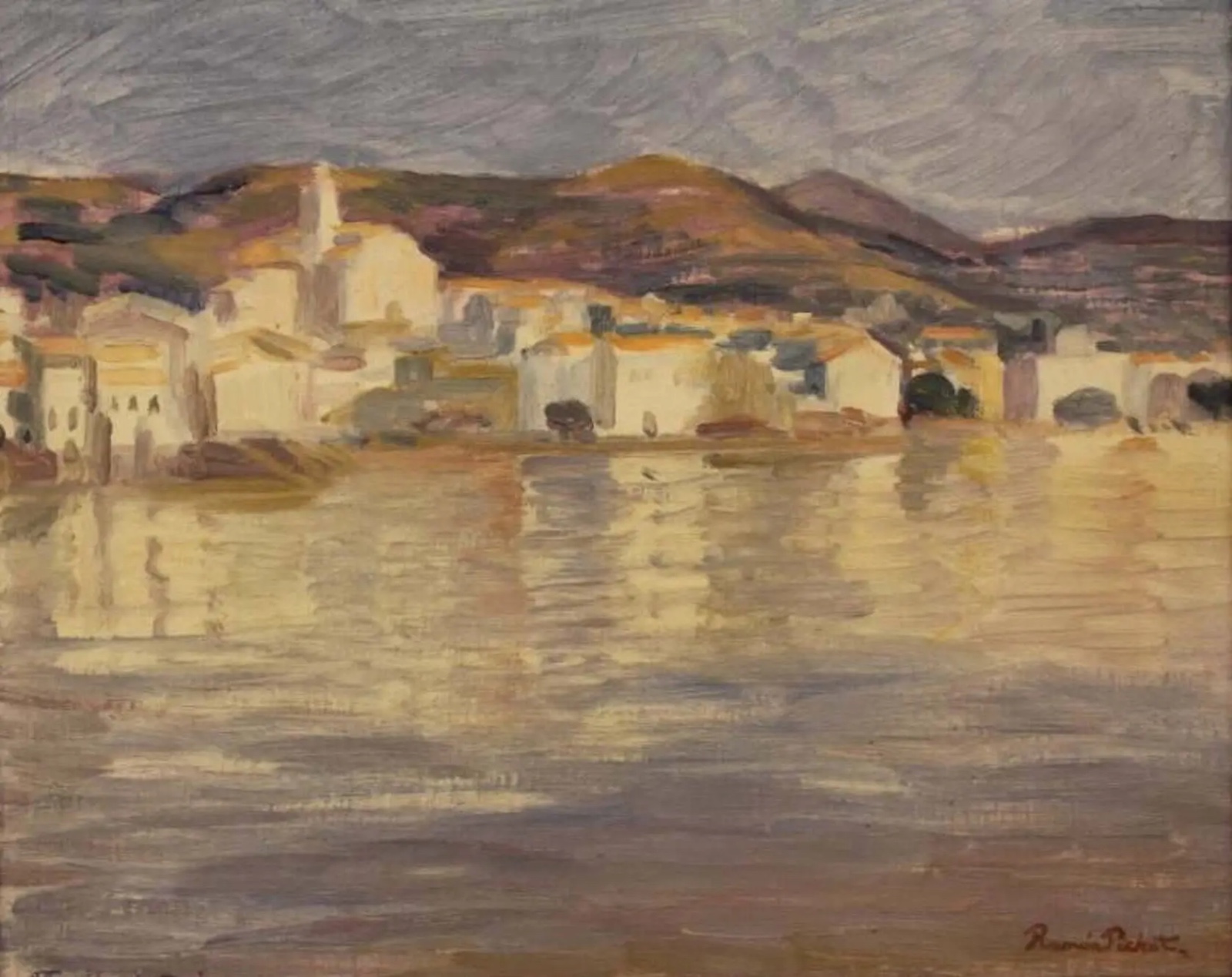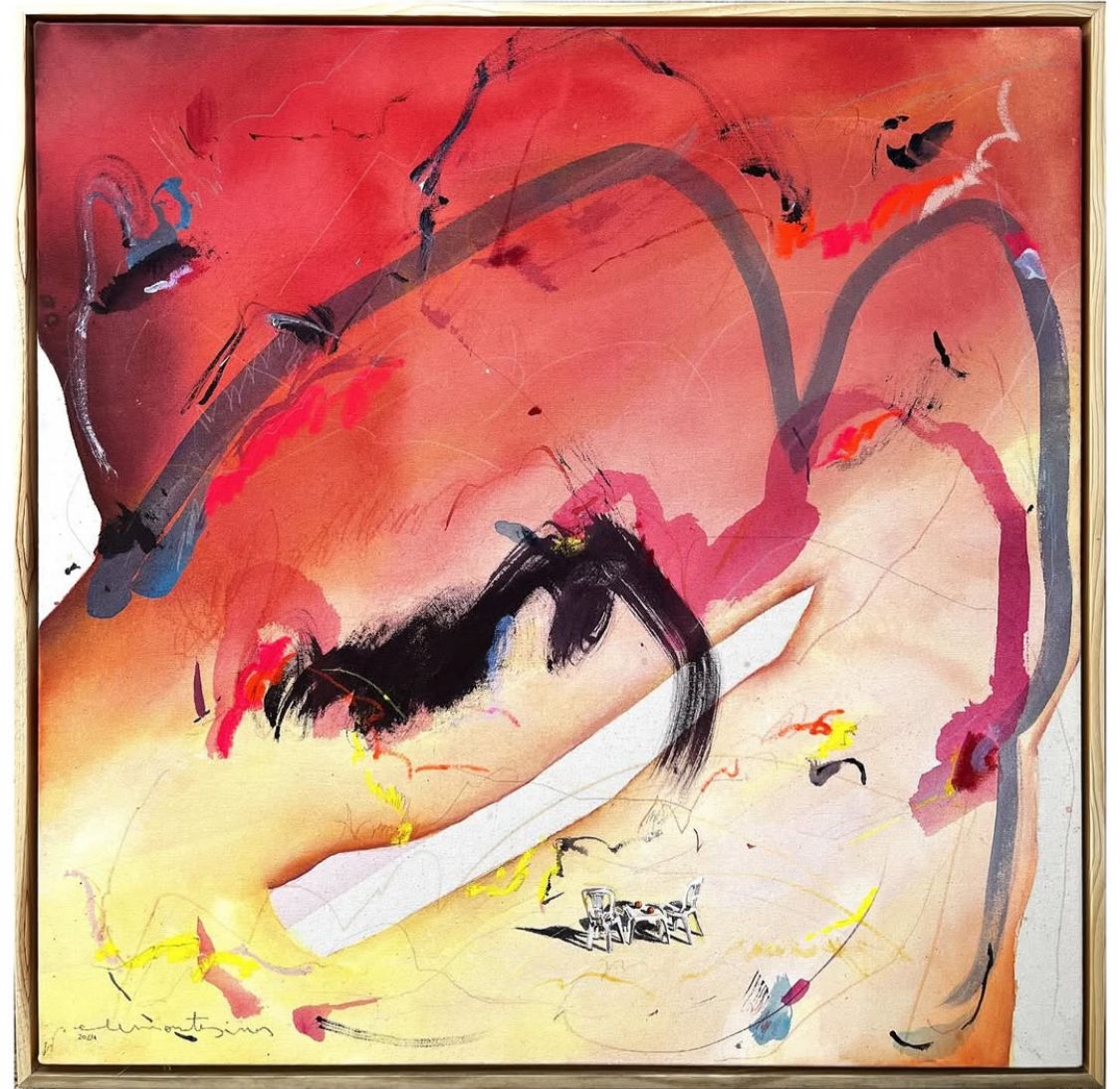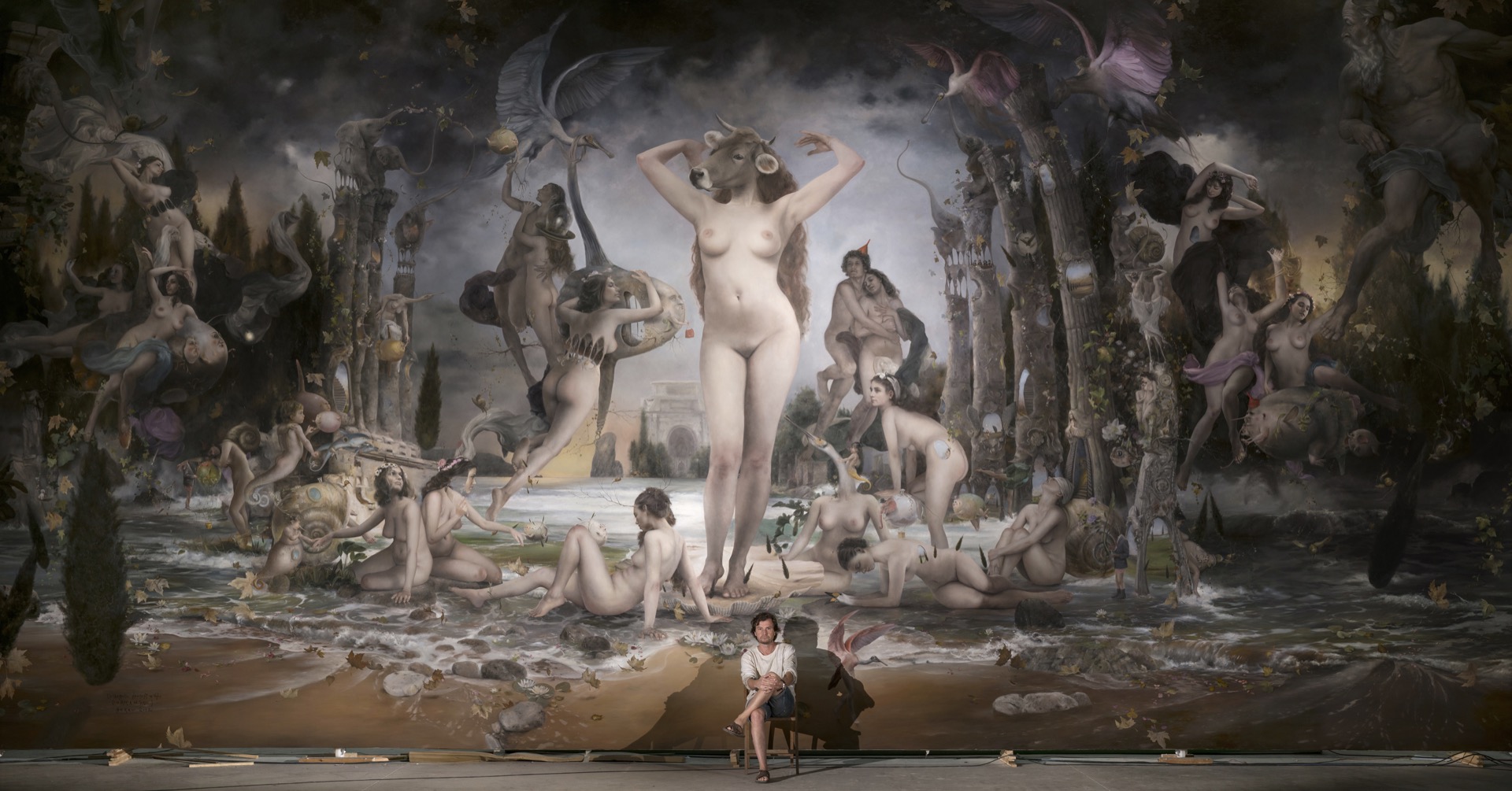Exhibitions
Soledad Sevilla: rhythms, forms and variations throughout a career
The IVAM presents a major retrospective of the artist revealing a visual universe built from light, line and color.
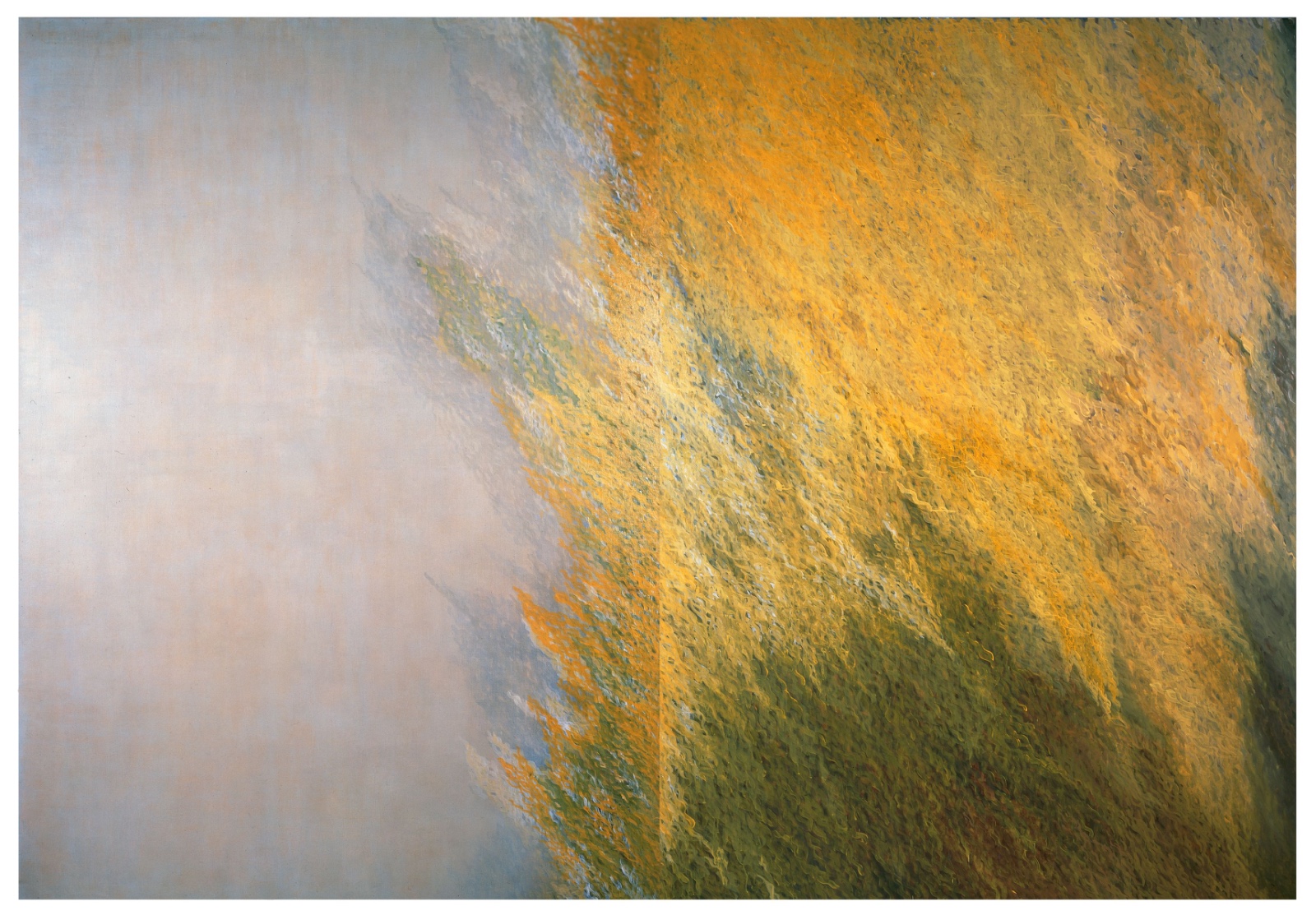
Soledad Sevilla's exhibition at the IVAM offers a complete look at her career, from her beginnings to her most recent works. It is a journey through her visual thinking, based on geometry, line and light as central elements for the construction of a personal language. From her time at the seminars at the Computing Centre in Madrid in the late 1960s to the most recent works created expressly for this exhibition, the journey proposed by curator Isabel Tejeda is not only chronological, but also circular: she constantly returns to the same centre, where line, colour and light become living matter. More than a hundred pieces are on display that embrace Sevilla's entire career, from her beginnings to productions from 2024, some with a direct look at the past, her first references and her friendship with Eusebio Sempere.
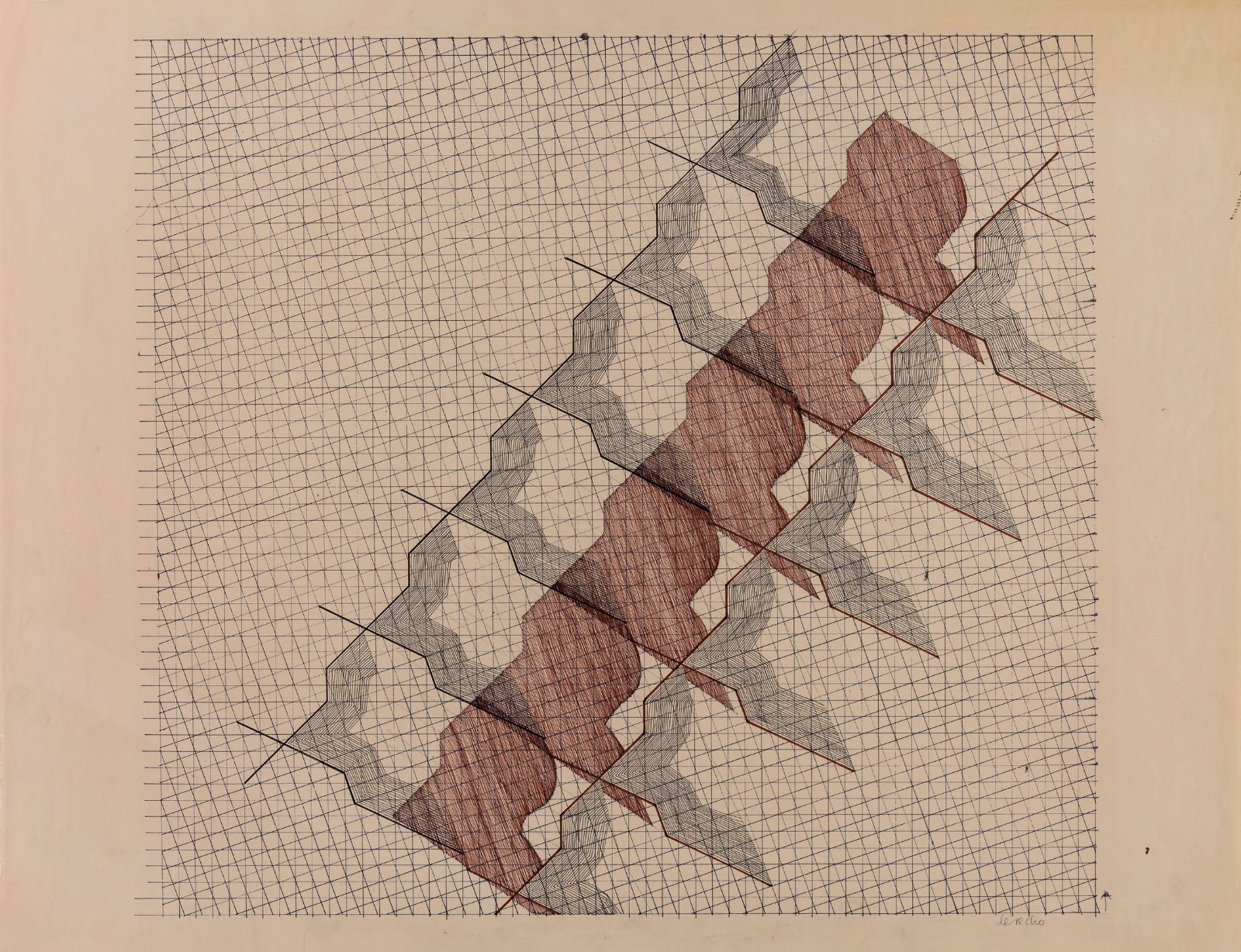 Sense títol, Soledad Sevilla (1969). IVAM
Sense títol, Soledad Sevilla (1969). IVAM
A previous version of this exhibition was already presented at the Reina Sofia Museum, but the current proposal from the IVAM is different, since a good part of the works come from Valencian collections. The artist, recognized with the Velázquez Prize in 2020, has been able to evolve without losing coherence. If at the beginning her work was characterized by geometric modules and colored methacrylates, over time she drifted towards a more intuitive abstraction. In the early eighties, her stay at Harvard led her to experiment with monumental formats on Kraft paper. From that laboratory of lines, new paths emerged, such as the well-known Las Meninas series, where drawing also becomes space, color and emotion.
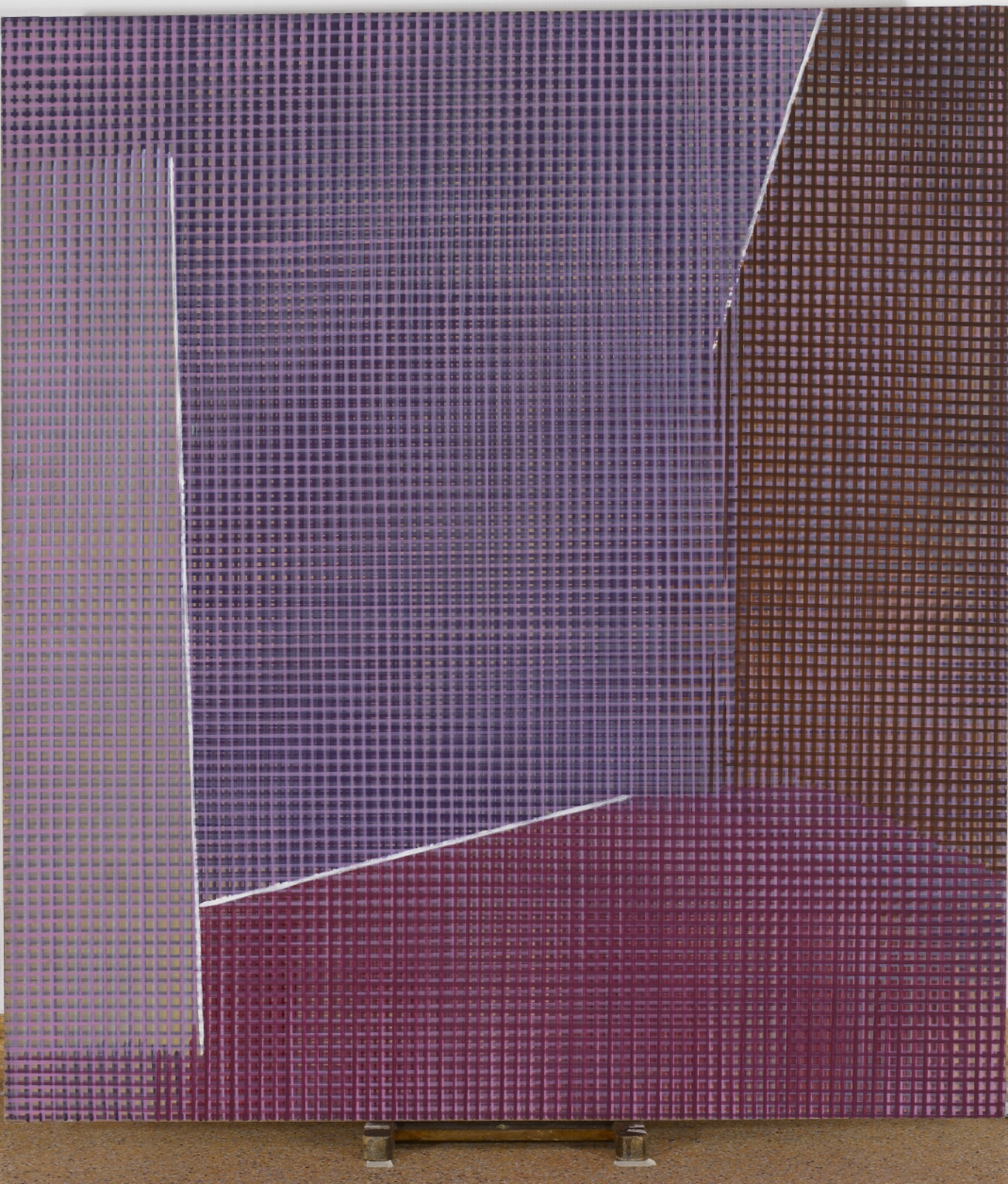 Las meninas, Soledad Sevilla (1983). Col·lecció particular. Dipòsit al Museo d'Art Abstracte Espanyol
Las meninas, Soledad Sevilla (1983). Col·lecció particular. Dipòsit al Museo d'Art Abstracte Espanyol
Over time, Sevilla continued to explore new formats. Some of his installations, such as Leche y sangre or Mayo 1904-1992, despite being ephemeral, are kept alive through documentation that is now part of the exhibition. Others, such as the piece with cotton threads Donde estaba la línea, were created specifically for the IVAM hall in 2025. In the nineties, his way of painting also evolved: from clean lines he moved to brushstrokes, reliefs and almost textures, as in the Insomnios series.
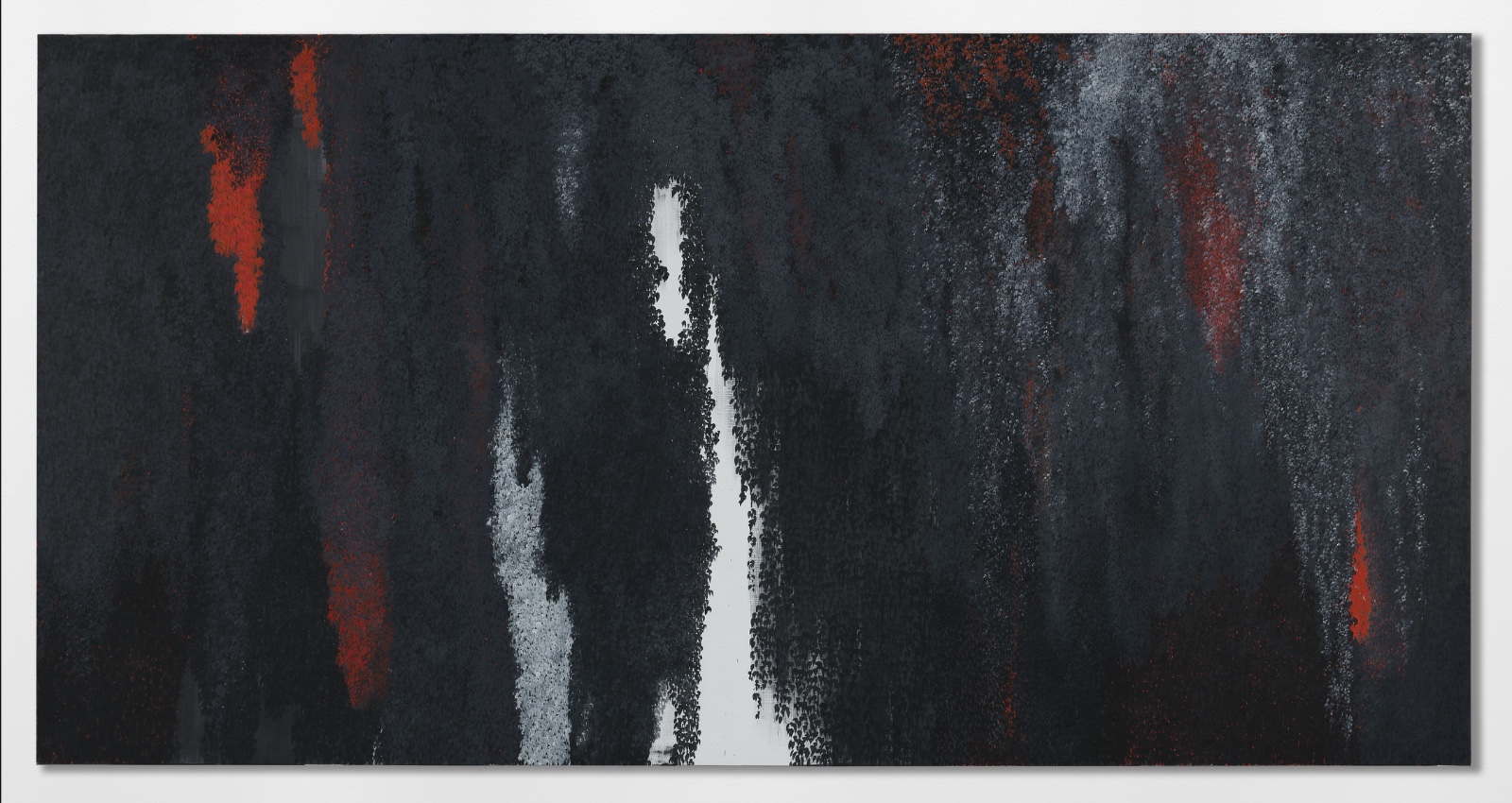 Insomnio madrugada, Soledad Sevilla (2000). Fundació la Caixa
Insomnio madrugada, Soledad Sevilla (2000). Fundació la Caixa
Towards the end of the tour, the exhibition presents works such as Nuevas Lejanías, Luces de Invierno or El silencio, in which Soledad Sevilla reflects on her own life trajectory and addresses a “personal winter”. In these pieces, light, color and the texture of plastic are used to speak of the ephemeral and the passage of time. Next, the most recent works, made between 2022 and 2024, show an artist reconnecting with her beginnings, both in terms of references and in the use of materials and forms. Here, the stroke abandons the search for perfection and gives way to a more physical, more spontaneous presence, where imperfection becomes an essential part of the process.
However, this exhibition, which can be visited until October, allows us to rediscover Soledad Sevilla's visual universe and connect with a way of doing things that has known how to challenge limits without having to raise our voices. As Isabel Tejeda , curator of the exhibition, points out, it is necessary to understand who Soledad Sevilla is: "she is a woman in love with her work, who has not stopped painting a single day of her life; in fact, she continues to paint immense paintings. She suffered the same discrimination and the same difficulties as many women of her generation, and she never gave up."
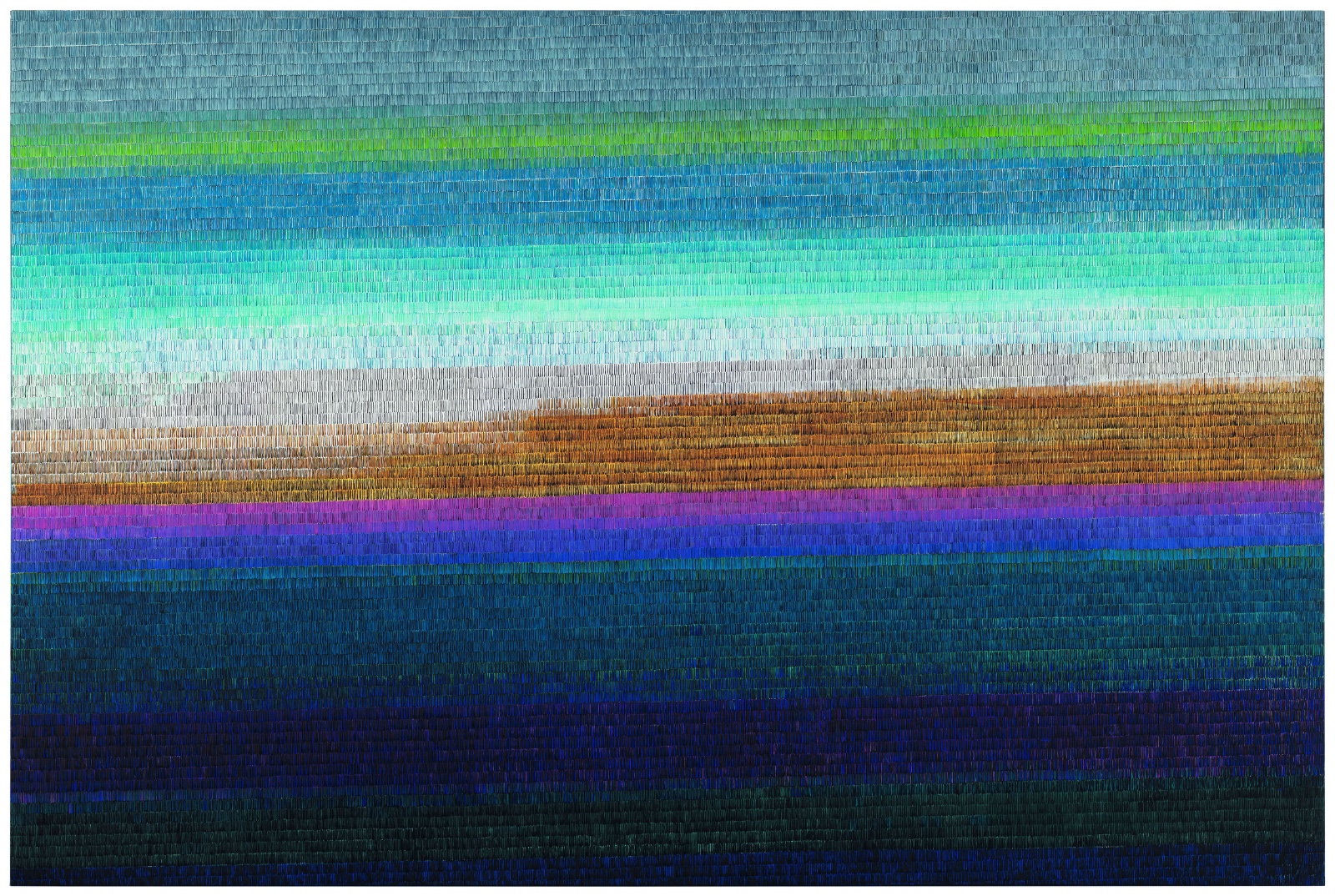 De seda azul medianoche, Soledad Sevilla (2018). Col·lecció família Cortina Lapique
De seda azul medianoche, Soledad Sevilla (2018). Col·lecció família Cortina Lapique


